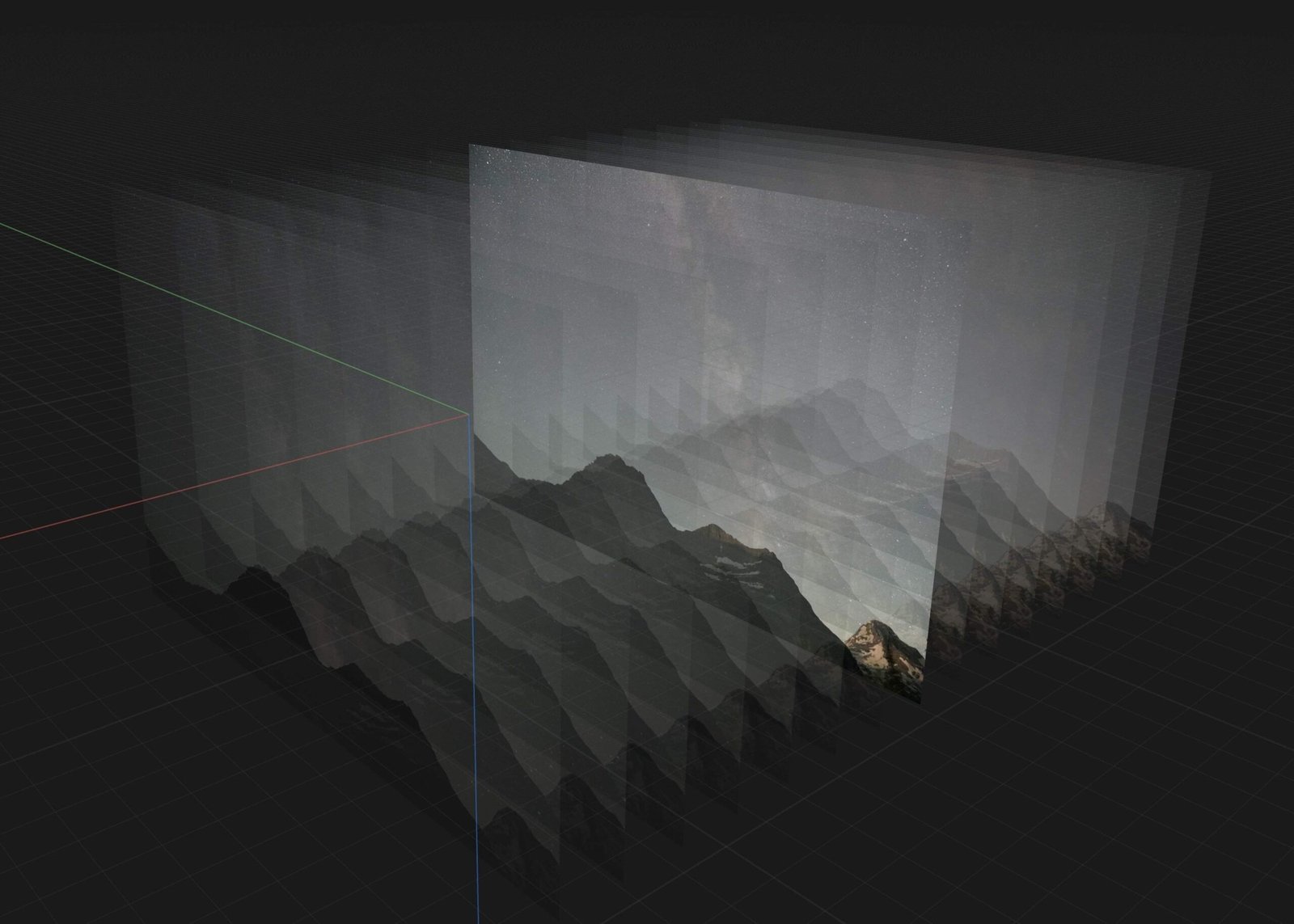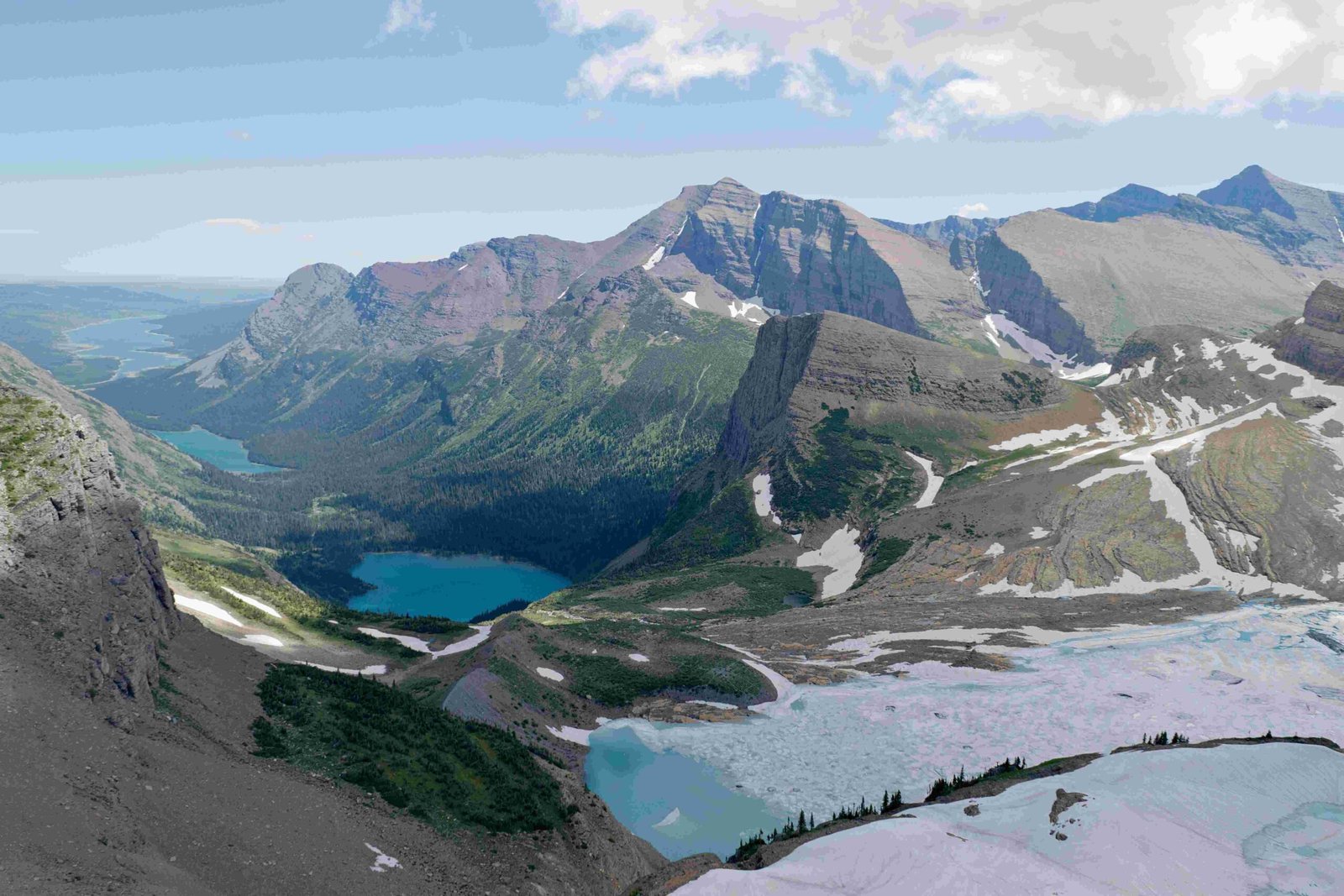Glacier National Park offers exceptional opportunities to observe planets visible in the night sky. From Mercury’s fleeting appearances to Saturn’s majestic rings, the park’s dark skies provide a perfect backdrop for planetary observation. Visitors can witness Venus’s brilliant glow, Mars’ reddish hue, and Jupiter’s imposing presence throughout the year. With proper timing and location, even distant Uranus and Neptune can be spotted. This guide explores the best times, locations, and methods for viewing planets in Glacier National Park’s pristine night sky.
What Planets Can Be Seen in Glacier National Park?

Glacier National Park’s dark skies offer visibility to several planets throughout the year:
- Mercury: Visible briefly after sunset or before sunrise
- Venus: Bright and easily spotted in early evening or morning
- Mars: Recognizable by its reddish color
- Jupiter: The largest and one of the brightest planets
- Saturn: Famous for its rings, visible with a small telescope
- Uranus and Neptune: Faint, but visible with binoculars or telescopes
Each planet has its own visibility window, depending on its position relative to Earth and the Sun.
When Is the Best Time to See Planets in Glacier National Park?

The optimal time for planet viewing varies throughout the year:
- Winter (December – February)
- Clearest skies
- Best for early morning viewing of Jupiter, Saturn, and Mars
-
Longer nights provide extended observation periods
-
Spring (March – May)
- Moderate temperatures
- Good visibility for Venus in the evening sky
-
Mars becomes more prominent
-
Summer (June – August)
- Warmer nights for comfortable viewing
- Saturn and Jupiter visible in early morning
-
Perseid meteor shower (around August 12) enhances night sky experience
-
Fall (September – November)
- Clear skies return
- Jupiter and Saturn dominate evening skies
- Venus becomes visible in the morning
Where Are the Best Locations for Planet Viewing in Glacier National Park?
Glacier National Park offers several prime locations for planet observation:
- Lake McDonald
- Wide-open views of the western sky
- Minimal light pollution
-
Easy access from West Glacier
-
Logan Pass
- Highest elevation accessible by car
- 360-degree views of the night sky
-
Requires clear weather conditions
-
Apgar Village
- Dark sky site with amenities nearby
-
Good for viewing planets setting in the west
-
St. Mary Lake
- Eastern side of the park
- Excellent for observing planets rising in the east
-
Dusty Star Observatory located nearby
-
Two Medicine Lake
- Secluded location with minimal light pollution
- Reflections of planets on the lake’s surface
What Equipment Is Needed for Planet Viewing in Glacier National Park?
To enhance your planet viewing experience, consider bringing:
- Binoculars (7×50 or 10×50 recommended)
- Portable telescope (if available)
- Red flashlight to preserve night vision
- Star chart or astronomy app
- Warm clothing, even in summer
- Camping chair or blanket for comfort
How Can Visitors Participate in Guided Astronomy Programs?
Glacier National Park offers several guided astronomy programs:
- Nightly Ranger-Led Programs (Summer)
- Held at St. Mary and Apgar
-
Include telescope viewing and constellation tours
-
Logan Pass Star Parties
- Hosted by rangers and Big Sky Astronomy Club
-
Opportunity to use high-powered telescopes
-
Astronomy Week (September)
- Annual event with special programs
-
Includes solar viewing and astrophotography workshops
-
Half the Park is After Dark Program
- Emphasizes the importance of dark sky preservation
- Offers tips for nighttime exploration and photography
What Are Some Tips for Successful Planet Viewing in Glacier National Park?
To maximize your planet viewing experience:
- Check the astronomical calendar for planet visibility
- Allow 20-30 minutes for your eyes to adjust to darkness
- Use red light to preserve night vision
- Choose a moonless night for best visibility of fainter objects
- Bring layers of warm clothing, even in summer
- Use a star chart or app to identify constellations and planets
- Consider joining a guided program for expert insights
- Respect park rules and practice Leave No Trace principles
How Does Light Pollution Affect Planet Viewing in Glacier National Park?
Glacier National Park benefits from minimal light pollution, enhancing planet visibility:
- The park is designated as a Dark Sky Park by the International Dark-Sky Association
- Light pollution is actively managed to preserve natural darkness
- Visitors can experience some of the darkest skies in the continental United States
- Planets appear brighter and more distinct against the dark backdrop
- Even faint objects like the Milky Way are visible on clear nights
What Celestial Events Complement Planet Viewing in Glacier National Park?
In addition to planet viewing, visitors can enjoy:
- Aurora Borealis (Northern Lights)
- Best seen from September to April
-
Requires high geomagnetic activity
-
Meteor Showers
- Perseids (August)
- Geminids (December)
-
Enhance the overall night sky experience
-
International Space Station (ISS) Passes
- Visible as a bright moving point of light
-
Schedules available online
-
Lunar Phases and Eclipses
- Full moons illuminate the landscape
- Lunar eclipses offer unique viewing opportunities
How Can Visitors Capture Photos of Planets in Glacier National Park?
Astrophotography tips for planet viewing:
- Use a sturdy tripod to stabilize your camera
- Employ a remote shutter release to minimize camera shake
- Set your camera to manual mode for full control
- Use a high ISO setting (1600-3200) for brighter planets
- Experiment with exposure times (15-30 seconds for star trails)
- Focus manually on a bright star or planet
- Consider using a star tracker for longer exposures
- Post-process images to bring out details and colors
What Conservation Efforts Support Planet Viewing in Glacier National Park?
Glacier National Park actively preserves its dark skies:
- Implementation of dark sky-friendly lighting
- Education programs on the importance of dark skies
- Collaboration with local communities to reduce light pollution
- Monitoring of sky quality to maintain Dark Sky Park status
- Encouragement of responsible night sky viewing practices
By protecting its dark skies, Glacier National Park ensures that future generations can continue to enjoy spectacular views of planets and other celestial objects.
References:
1. https://smokybear.com/the-best-time-to-see-northern-lights-in-glacier-national-park/
2. https://www.timeanddate.com/astronomy/night/@5654292
3. https://www.glacierparkcollection.com/glacier-national-park/stories/how-to-stargaze-in-glacier-and-waterton/